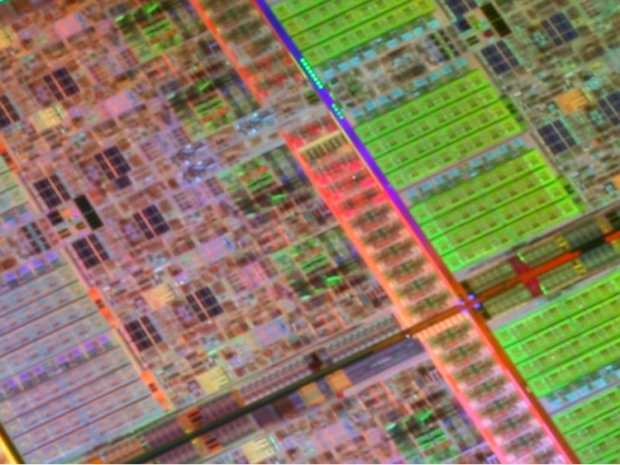Skylake has already introduced us to the Gen9 LP graphics with DirectX 11.3 and DirectX 12 support, but every time you try to play any serious games on Intel integrated graphics a YouTube kitten dies or your favourite television show gets cancelled.
Intel does try to do its best. The new tricks that Intel managed to squeeze in to Kaby Lake are High Dynamic Range (HDR), Wide Color Gamut (Rec.2020) and HDCP 2.2 support. Kaby Lake can now use hardware encode and decode for VP8, HEVC 8b, VP9 and HEVC 10b. Skylake used software encoding and decoding to cope with VP9 and HEVC 10b.
Kaby Lake GPU added support for HEVC10-bit decode and VP9 10-bit decode and just like Skylake, it can also support HEVC 8-bit encode/decode and VP8 8-bit encode/decode.
These new codecs should make Netflix UHD playback possible on Intel's platform. It should also enable 4K@60Hz YouTube content as well as Google Hangout videos. The Chrome browser can also benefit from VP9 hardware acceleration support.
Kaby Lake supports three displays at 4K @ 60Hz, or a single 5K display @ 30Hz Ready.
However, unless you are running a Kaby Lake based notebook, it is much better to get a discrete GPU – particularly if you want to play any games. The integrated solution of Kaby Lake is only any good for video. It is coming to desktop near you in late Q4 2016, with potential launch in Q1 2017 at CES 2017.




